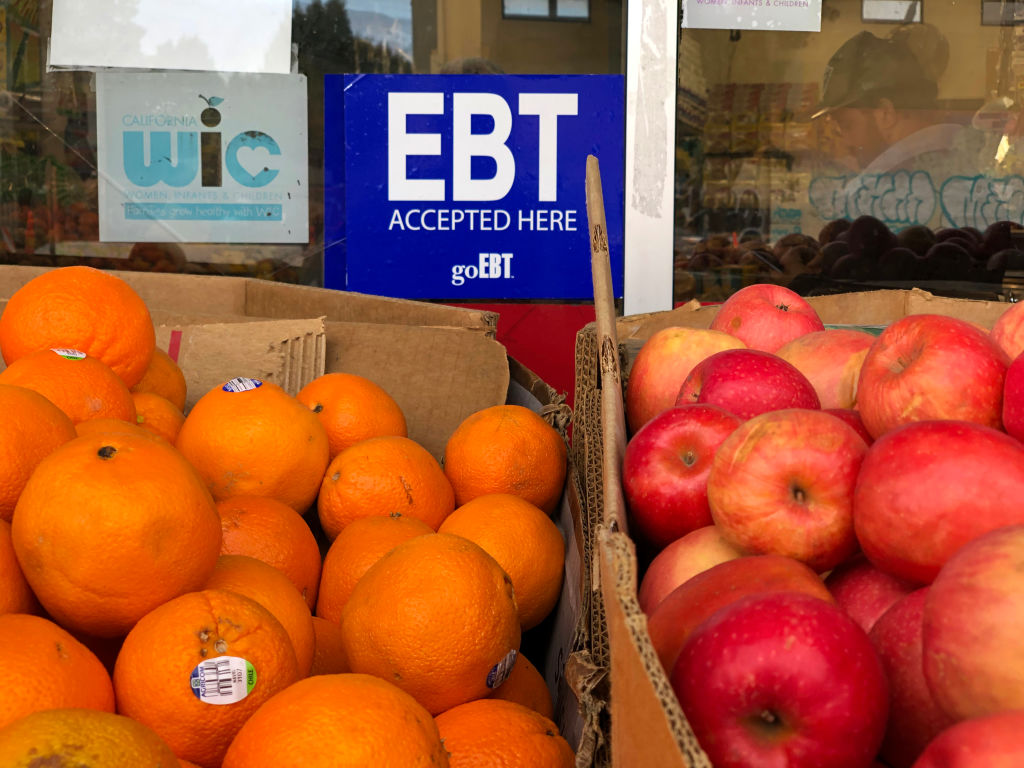Health or Hardship? Trump's Welfare Reforms Spark Controversy Over Poverty Policy

Make America Healthy Again? Trump's Actions Reveal a Contradictory Narrative
While President Trump repeatedly championed the slogan "Make America Great Again," his approach to healthcare and nutrition seemed to tell a starkly different story. Despite rhetorical promises of improving American well-being, his administration's policies consistently undermined food access for millions of vulnerable citizens.
The disconnect between campaign rhetoric and actual policy was most evident in proposed cuts to critical nutrition assistance programs. These initiatives threatened to strip away essential food support from low-income families, children, and seniors—the very populations most in need of nutritional security.
By targeting food stamp programs and proposing significant reductions in federal nutrition assistance, the administration's actions suggested a fundamental misalignment with the proclaimed goal of making Americans healthier. Instead of expanding access to nutritious food, these policies risked pushing more Americans into food insecurity.
The stark contrast between the administration's populist messaging and its policy implementations highlighted a troubling trend: political slogans often mask complex and potentially harmful policy decisions that directly impact the most vulnerable segments of society.
